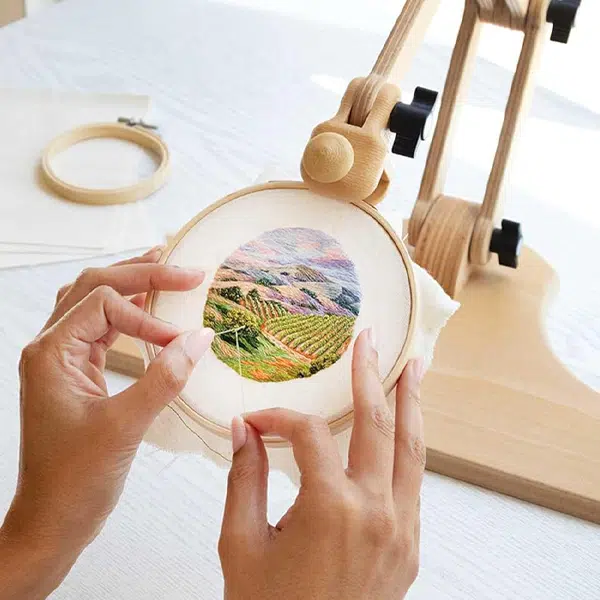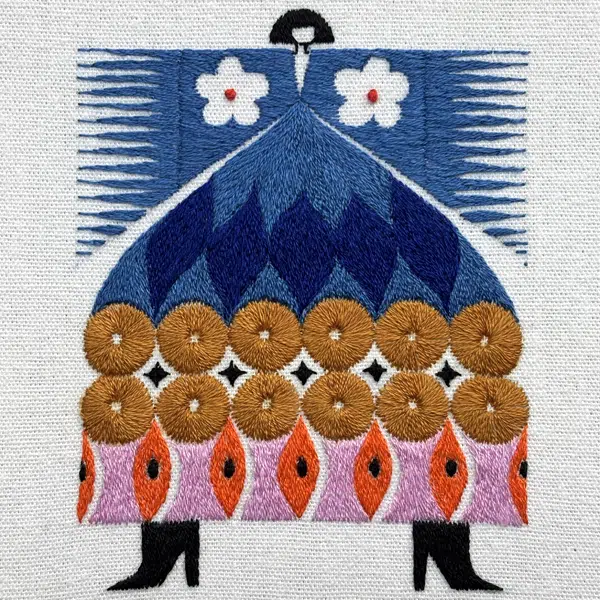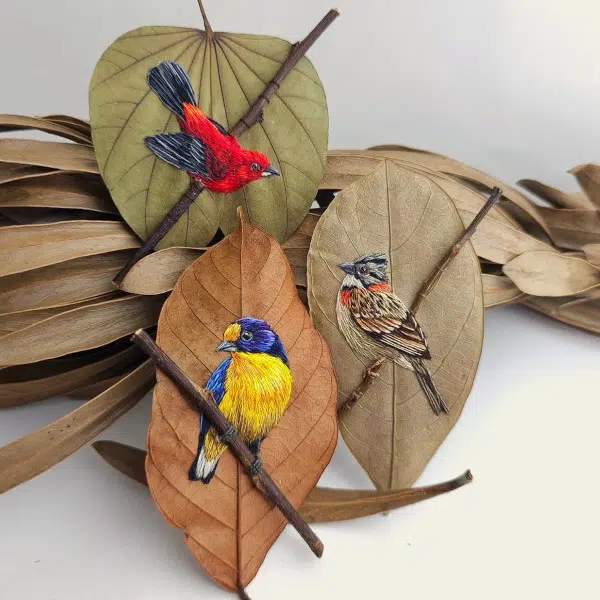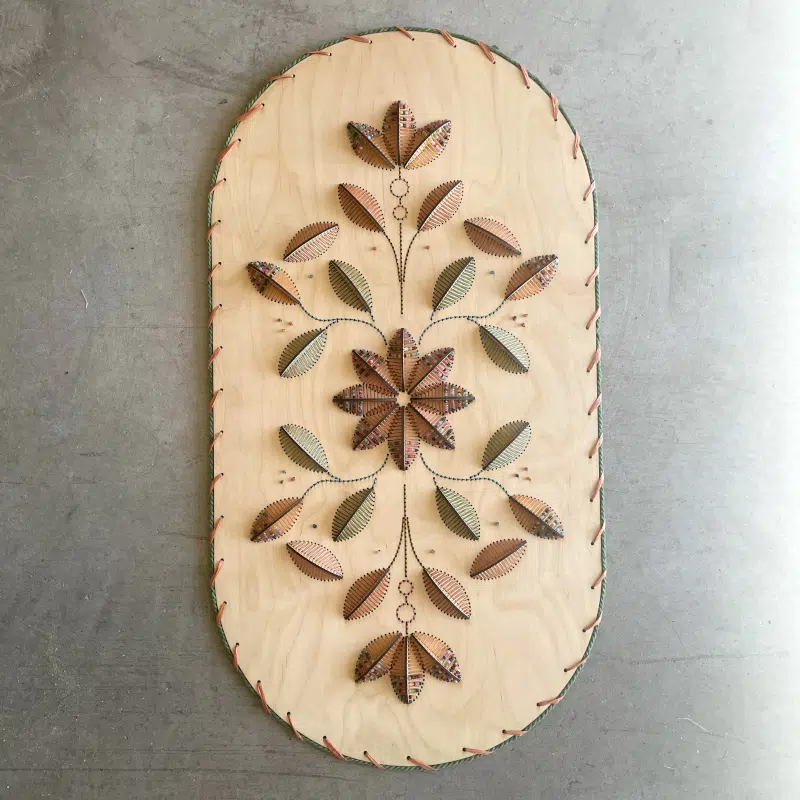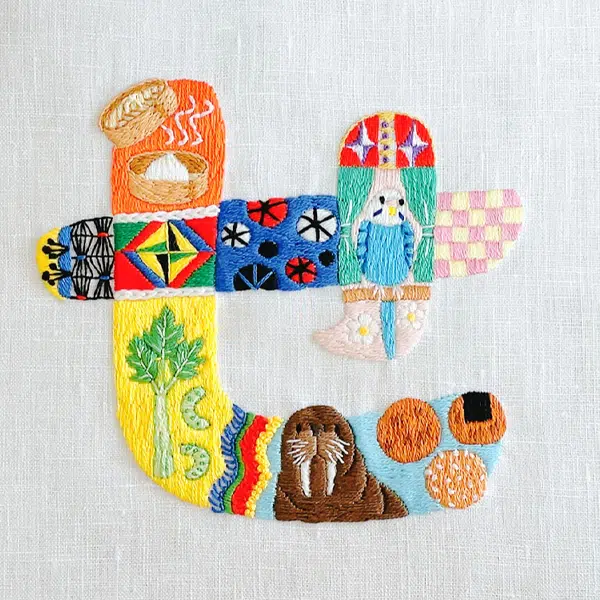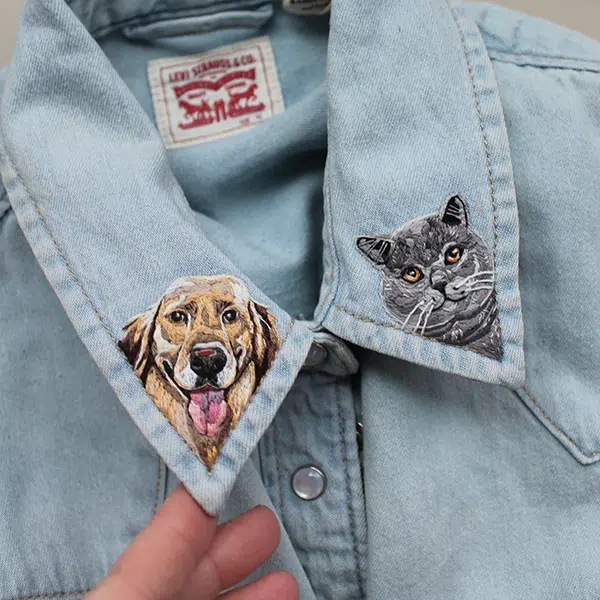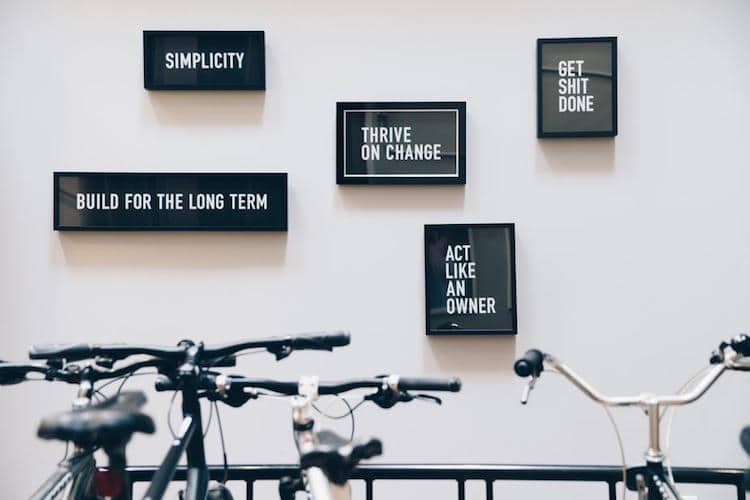
Photo: Nicole De Khors
So you’ve decided to turn your side hustle into a full-time profession. How can you be guaranteed success? Nothing is 100%, but one of the essentials of growing your business is understanding and developing your brand. Whether you are specializing in pet photography or create contemporary embroidery pieces, you need to understand who you are to get where you want to go.
But what does “branding” really mean? While we might be used to thinking of brands as large corporations, the truth is a brand can certainly start out as one person’s passion. In fact, that’s often how most major brands begin. Just because you are a party of one (or two), it doesn’t mean that you’ll want to skip this major step and not consider how to develop your brand.
David Ogilvy, founder of Ogilvy & Mather, once called a brand “the intangible sum of a product’s attributes.” Yes, a logo and brand name are still essential, but, as we’ll soon find out, there are other important factors in making your brand a success. What are these “attributes” Ogilvy refers to? And how can we evaluate them to make sure our brand is set up for success?
In many ways, developing your brand goes back to three simple questions:
What do I do?
Why do I do it?
What makes me unique?
Once you start digging into those questions, you can define your audience and get to the heart of shaping your brand.
Here are 5 essential factors in developing your creative brand.

Photo: Brad Neathery
Create a Captivating Logo
Don't underestimate the importance of a logo. Remember, you'll be stuck with it for a long time. The ideal logo is simple, memorable, and appropriate for the audience. Think long and hard about who you are appealing to and what message you want to convey, and remember this logo will need to go on a variety of formats—both printed and online. So whatever you select needs to be versatile.
Don't be afraid to shop around and also get feedback from friends and family. You'll want their honest opinion before you go ahead and settle in on a look. Other things to consider? Don't go with something overly fussy that doesn't read well, or trendy font that will soon look dated. There are plenty of graphic design tools online to help you get started or you can invest in hiring a qualified graphic designer to bring your vision to life.

Photo: Nicole De Khors
Stay on Message
You've answered the “what” and “why” of your business, as well as spelled out what makes you unique over your competition. Now, you need to reflect those answers back in everything you do, from your social media marketing to your client interactions. Consistency and reliability in your messaging will help your brand expand, as you'll become a point of reference for your customers.
For instance, if your business is known for its reportage style wedding photography, that's the imaging you'll want to lead with. If someone comes to your website or Instagram and the first image they see is a landscape, they won't equate your business with wedding photography. Even if it's a good photograph, you want your work to fit the job. This also goes for any partnerships you take on. Does it make sense and enhance your brand, or is it inconsistent with what you are trying to sell? When new opportunities present themselves, it's tempting to leap for them, but always ask yourself if it's in line with your brand and if not, see if there's a way things can be adjusted so that your messaging is consistent.
Focus on Quality
It may go without saying, but no one wants their brand to be known for poor execution and bad quality. All the hard work you put into creating a sleek logo and cultivating your visual marketing is for naught if the actual product doesn't hold up. You'll want to keep improving your product over time and investing in improvements, as well as testing out new ideas before bringing them to the market. And once you've got a quality product that people enjoy, make sure you get your customers to sing your praises. Word of mouth marketing is still one of the strongest ways to build your brand. That's why it's more important than ever to focus on customer experience, from initial contact up to finished product.

Photo: Karolina Zuraw
Cultivate Customer Loyalty
This segues right into customer loyalty, as a quality product is a key to having customers return time and time again. But just having a good product isn't enough. Creating a relationship between your brand and your clients can skyrocket your success, and this often has to do with an emotional connection. Give them an experience that will make them want to return and then reward them for this loyalty, whether that's with discounts or special contests.
You'll also want to involve your customers in a dialogue about what you're doing by commenting on social media or taking a poll in your newsletter. Make sure they know you care about them, and, in return, they'll not only transform into repeat clients, but they'll also tell their friends about you.
Be Authentic
Don't force yourself to be something that you're not. As you're starting your business, make sure that your brand's message rings true to you as a person. After all, you'll be the first person out of the gate to sell your brand, and if it doesn't seem genuine, you'll have a hard time getting customers on board. So more than just following a trend, you'll want to dig deep and make sure your brand is a reflection of what you're passionate about and why you started the business. This authenticity is something to remember as you expand and bring on team members, who you'll naturally want to support the brand's message in the same, authentic manner you do.
Ready to let your business take flight? Share your experiences over on our Creative Careers Facebook group.
Related Articles:
8 Innovative Ways to Make Money From Your Art
10 Questions to Ask Yourself Before Turning Your Creative Passion Into a Profession











































































